Full Cycle Recruiting: A Comprehensive Guide for HR Professionals
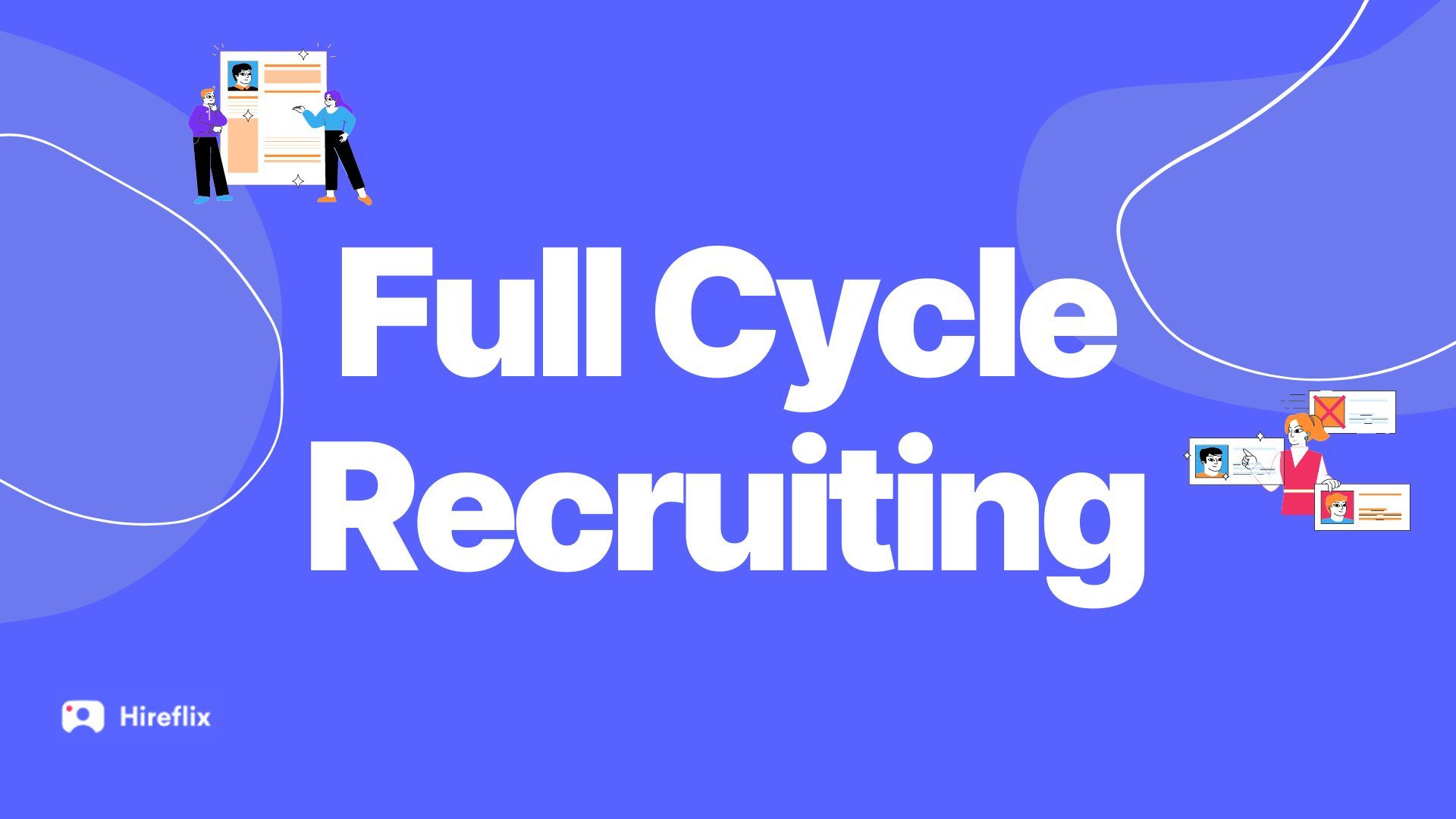
Wondering what full cycle recruiting is? Or how it works?
You’re in the right place!
In this post, we’ll break down exactly that, including all six stages you need from beginning to end.
Plus we’ll list useful technology (like Hireflix) that can help you streamline your efforts.
Let’s get started.
What Is Full Cycle Recruiting?
Full cycle recruiting is the entire hiring process, from finding candidates to making a job offer. It includes steps like job posting, screening, interviewing, and onboarding. One person, often a recruiter, handles all stages to ensure a smooth and efficient hiring experience.
The beauty of the life cycle recruiting process is that it brings a holistic approach to what can often be a confusing or disjointed process because so many different people are generally involved in the hiring process from start to finish.
While specifics may vary from company to company, in many places, different roles may cover different aspects of the hiring process:
- Recruiters may participate in talent acquisition and conduct pre-screening interviews.
- Hiring managers might create internal job descriptions, post public job listings, and conduct interviews.
- Human Resources might onboard new employees after the position is filled.

But with so many different people involved along the way, inevitable miscommunications and confusion crop up.
That’s what makes the full cycle end-to-end recruiting approach so valuable. It creates a single point of contact for managing the entire recruitment process, eliminating redundancy, streamlining communication, and helping to reduce recruitment costs.
The 6 Stages of Full Cycle Recruiting
1. Job Requisition and Approval
Before a full cycle recruiter takes any external steps to fill a position, they’ll oversee a series of internal ones. Like assessing job requirements, setting a budget, reviewing team needs – all that fun stuff.
After identifying the hiring need, they’ll make a formal job requisition. This is a formal request to fill a position.
After this is approved, they’ll create an internal job description. This internal document includes specifics about the basic overview of the position, the qualifications candidates will need, and details of projected compensation and benefits.
This step will require the recruiter to communicate with department heads, HR, accounting, and other key individuals to ensure that everyone is on the same page.
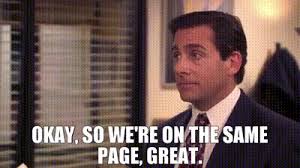
This job description will offer high levels of clarity and can also be used later to create a straightforward public-facing job posting to attract the best hires.
Once the job requisition and description are approved, the recruiter is ready to start looking for top talent to fill the position.
2. Sourcing Candidates
Sourcing is the process of identifying potential candidates for an open position. A comprehensive sourcing strategy includes reaching out to both active and passive candidates to build your talent pool.
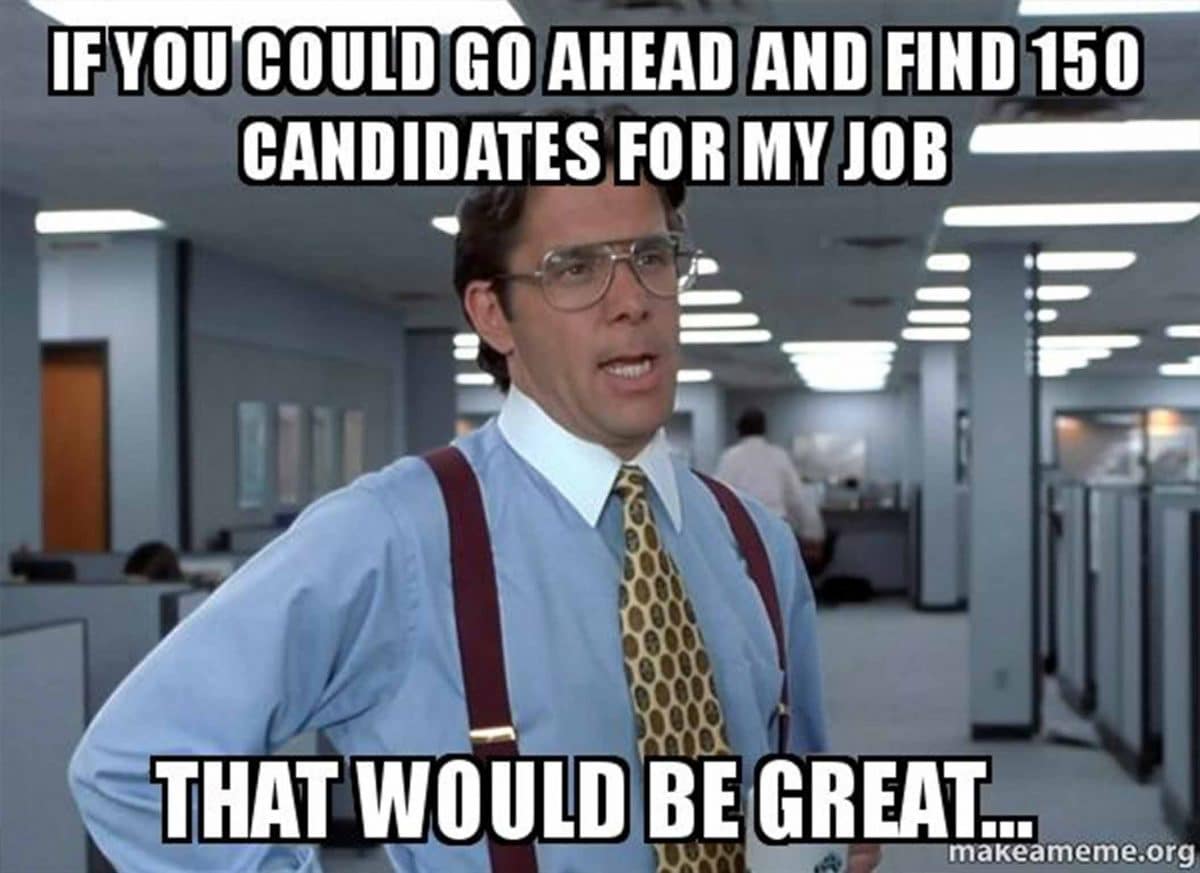
Active candidates are currently looking for a job. Methods to reach them include posting the job opening to job sites, job boards, and social media; attending job fairs and networking events; and leveraging employee referrals to find new hires actively engaging the job market.
Check out our post on 7 Ways to Reduce Recruitment Costs on how to put those strategies into action.
Naturally, anything you can do to speed the candidate sourcing process and reduce time-to-hire will be to your benefit.
3. Screening and Interviewing
After finding potential candidates, the recruiter reviews their qualifications (screens them) to see if they meet the job requirements.
This is where we (Hireflix) shine.
Our one-way interview software gives you the power to screen tens, hundreds, or thousands of candidates at once, and then move the ones that complete the interview to your liking to the next phase before a competitor tries to snatch them up.
But don’t just take my word for it. I’m obviously biased.
Take Yuliya’s word for it. Or browse through our 315 five-star reviews on G2.
"The tool is very fast to configure, easy to use. I have spent a while looking for targeted tools that can help our company with pre-selecting candidates in mass recruitment process. Many tools out there offer real diverse and complex solutions, which increases their cost. I loved Hireflix for providing us a simple tool for a reasonable price."
- Yuliya R. on G2
Alright, one more.
"Since Fall 2023, we have been using Hireflix instead of initial phone interviews for most roles. This change has allowed us to save time and connect with a higher volume of candidates, often speeding up our recruitment process. While we sometimes encounter unresponsive candidates, those who complete the process report it is easy to navigate. Additionally, we find it straightforward to create new interviews, invite candidates, and evaluate them within the platform."
- Jody F. on G2
Preach Jody. The days of the phone screening interview are long gone.
The truth is, that the most successful businesses today use one-way, asynchronous interview software to screen candidates at scale.
Whether you use Hireflix or any other one-way interviewing platform, these screening tools will help you weed out candidates based on any potential deal breakers related to the basics of the job: start dates, qualifications, experience, salary expectations, etc.
They’ll also give you tons of flexibility to ask detailed questions, bypass the need to coordinate schedules and screen hundreds of candidates at once.
And most importantly, they’ll create better live interviews with candidates who are actually worth your time.
Because that’s the next crucial step after screening. The live interview.
You know, the ones generally reserved for only the qualified candidates. The ones where the recruiters gather all the information they need to narrow the field or make a final decision.
Live interviews are necessary – and important – because they allow the recruiter to ask follow-up questions and see how a candidate responds in real time.
Once candidates pass screening, and a live interview or two, the next stage is to evaluate their skills with a candidate assessment.
4. Candidate Assessment
A candidate assessment is the detailed evaluation of a candidate's skills, experience, and fit for the role.
Depending on the type of position to be filled, methods to assess candidates may include technical tests, personality assessments, and cultural fit interviews.
Be careful though because this phase of the hiring process can be tricky.
It requires you to balance objective data about hard skills and experience with subjective impressions about soft skills to make the best hiring decision.

After the assessment, you should have a good idea of who your best candidates are. Once you have your list narrowed down, it’s time to make some offers.
5. Making the Offer
During the offer stage, the full cycle recruiter presents a provisional job offer to the selected candidate.
Details of the offer include a full breakdown of key employment details with specific responsibilities, job title, start date, salary, benefits, and other incentives.
Don’t expect it to be easy-breezy though. Right now about 44% of potential hires will try to negotiate their salary. So you’ll need to be ready to roll up your sleeves and have those tough salary talks.

And as someone who’s had to negotiate with top candidates myself, I know how challenging it can be.
If you need some extra help in this area, check out the University of Arizona’s Candidate Negotiations Best Practices PDF. It has useful tips you can reference to sharpen your negotiation skills.
After the smoke has settled, negotiation is done and all parties are in agreement, it’s time for the candidate to accept or decline the offer.
Once they accept, they’re ready for onboarding.
6. Onboarding
During onboarding, the new hire will be integrated into the company.
The full-cycle recruiter will play a pivotal role in onboarding because they will be a familiar face to the new hire and can help the new hire feel welcomed and comfortable right away.
Key components of successful onboarding include:
Training: What is my role? How do I accomplish it? What does success look like in this position?
Socialization: Who are these people and where do I fit in?
Do not gloss over the onboarding process.
Research has found that a positive onboarding experience can actually help you retain employees, reduce turnover, and maximize productivity.
Check out HBR’s Guide to Onboarding New Hires for more insight. This is an especially helpful resource if you’re a first-time manager.
Tools and Technologies in Full Cycle Recruiting
Technology plays a pivotal role in enhancing the efficiency of the full cycle recruitment process.
We mentioned it earlier, but finding the right technology for your recruitment process can really be a game-changer.
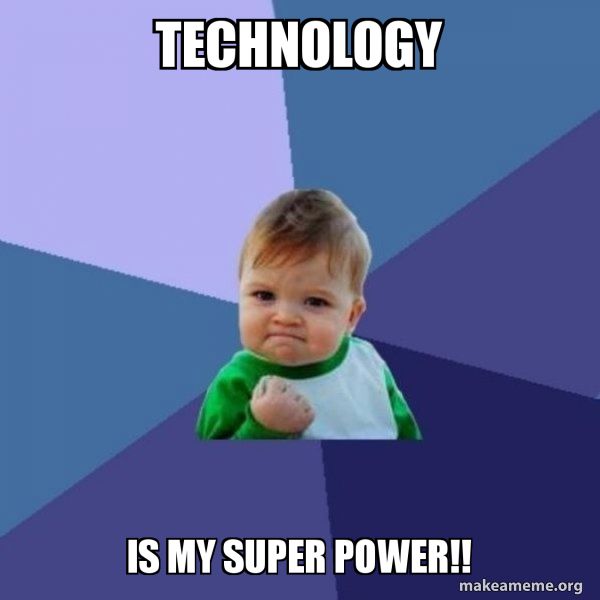
Just imagine your competitor with their feet up on their desk, leaning back in their black leather chair, scrolling through their timeline or emails while their one-way interview software automatically screens hundreds of candidates for them. They chuckle because they know they’ll hire a great candidate before you can even get them on the phone.
Meanwhile, you’re on your eighth email with a potential candidate trying to see if “4 EST/1 PST Tuesday works” for them for a 15-minute phone screen.
That’s the power of technology. (And Hireflix).
But there are tons of tools out there for you to use.
An Applicant Tracking System (ATS), for example, employs automation to streamline the hiring process. It can save precious time by performing lower-order functions such as scanning, analyzing, and prioritizing resumes.
An ATS is often paired with Customer Relationship Management (CRM) tools to send out automated reminders and further consolidate communication.
If you’re looking for a good place to start, we’ve put together a list of the best recruiting automation software and recruitment assessment tools to help you find the solutions right for you.
Benefits of Full Cycle Recruiting
Full life cycle recruiting gives companies a plethora of key benefits, but the most important is that it gives a single person consistency and control over the entire process.
As a result, full cycle recruiting leads to better hiring outcomes by ensuring alignment with your goals and company culture.
In addition to these advantages, full cycle recruiting brings other long-term benefits:
Lower turnover: Thanks to the increased clarity and consistency this hiring method brings, candidates have a better idea of what’s expected of them from day one, leading to decreased turnover in the long term.
Improved team performance: Because full cycle recruiting invariably leads to a better quality of hire, more precise fits, and smoother integration into the job, the entire team benefits.
Challenges in Full Cycle Recruiting and How to Overcome Them
Of course, no approach is without its challenges, and full cycle recruiting is no exception.
Perhaps the biggest challenge is that this approach seemingly requires one person to master a wide array of skills.
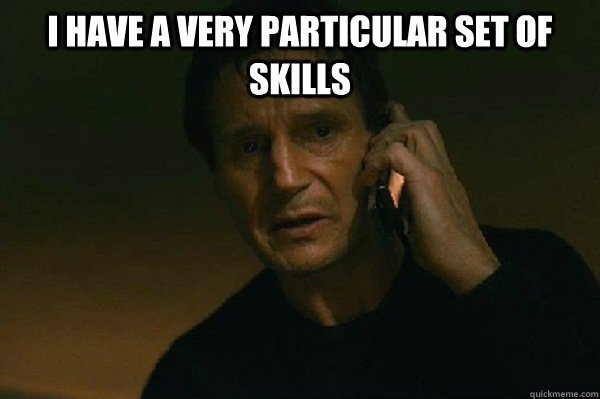
In truth, however, the full cycle recruiter is merely overseeing each stage in the recruitment cycle. Therefore, a person with vision, exceptional administrative skills, and a keen eye for detail will excel in the role.
Other significant challenges in full cycle recruiting are:
Sourcing quality candidates. Knowing where and how to source candidates while keeping quality hires engaged enough to eliminate candidate ghosting is a true skill and one of the biggest challenges in full cycle recruiting.
Creating safeguards to avoid unconscious bias. Each stage in the full cycle recruiting process must be intentionally evaluated and (if necessary) adjusted to align with best practices for inclusive hiring so as to avoid unconscious bias.
Fortunately, tools like Hireflix can help mitigate challenges by automating repetitive tasks, providing objective data for decision-making, and freeing you to focus on aspects of the process that require your full attention.
Best Practices for Implementing Full Cycle Recruiting
Before you take active steps to implement a full cycle recruiting process, it’s in your best interests to consider how your approach aligns with current best practices.
Best practices for full cycle recruiting include:
Using structured interviews. Structured interviews set a universal standard by which all candidates can be equally and fairly judged.
Continuously refining your hiring process. This is best done through seeking feedback from candidates about their experience in your pipeline and implementing suggested changes. With a strong feedback loop in place, you’ll enjoy continuous improvements.
The goal in implementing these methods is to create a consistent and repeatable process that can be scaled across the organization, allowing you to keep pace in a busy hiring market.
Conclusion
By having one person oversee the entire hiring process, full cycle recruiting creates a more efficient, effective, and candidate-friendly experience.
Integrating full cycle recruiting into your HR strategy may sound daunting; however, it is critical for long-term business success.
Only by having full control and continuity in preparing, sourcing, screening, selecting, hiring, and onboarding can companies reach their full hiring potential.
Best of all, when integrated into full cycle recruitment strategies, tools like our premium video interview software can help enhance your recruiting efforts by saving time, boosting talent acquisition, and improving the candidate experience.

